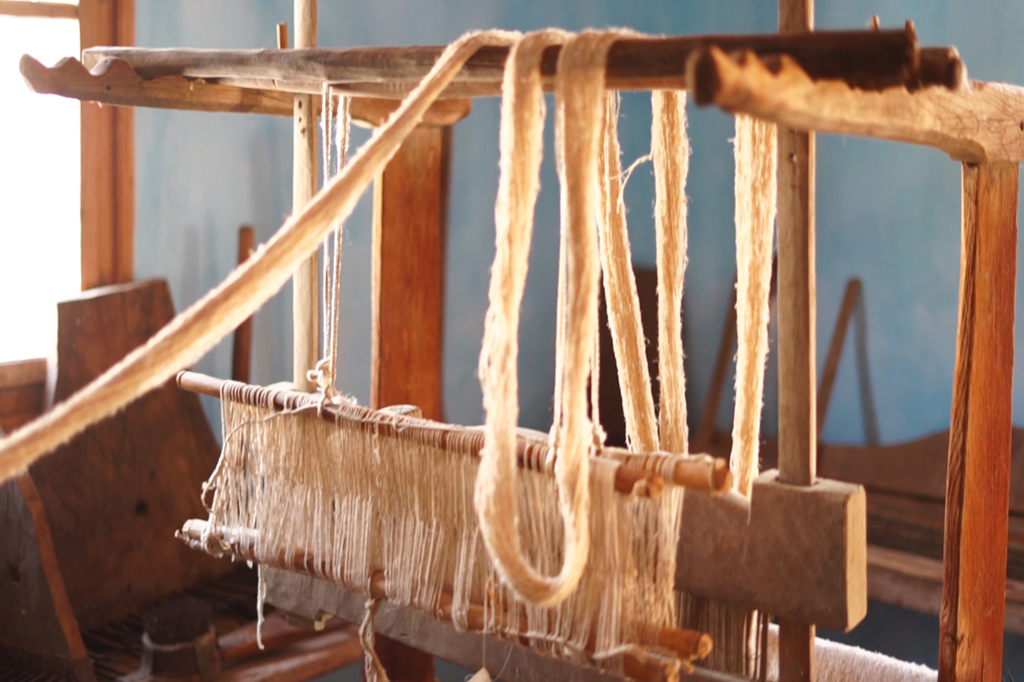Muzeul Textilelor, Băiţa
Băiţa Village 21 , HunedoaraThu, Fri: 11:00―16:00;
Tue, Wed, Sat, Sun: 10:00―17:00, by appointment only;
Mon: closed
Muzeul Textilelor is a private museum that exhibits the textiles in the FARZ Collection (Florica, Ana and Romulus Zaharia Collection). The Collection includes textiles and tools used in traditional textile production worldwide throughout history; a rich reference collection of fibers, dyes, and textile structures; and a textile related library. The collection encompasses flat textiles, costumes, accessories and tools from Romania, Eastern and Central Europe, Western Europe, the Near East, India, Central Asia, Japan, China, Southeast Asia, Africa, Oceania and the Americas. The strength and uniqueness of the FARZ Collection is that it was created systematically and professionally with a focus on the technical aspects of textiles. We believe it is the only collection of its kind in Eastern Europe. The Muzeul Textilelor has three locations, two in Băiţa, and one in Hărţăgani village, all in Hunedoara County, Romania. The Museum’s main location, Corp A, is an 1857 house located in the center of Băiţa. The house and its garden are currently under restoration. The garden will be made into a tinctorial and textile fiber related garden. Corp B, including administrative spaces, laboratory, conference space and an Art Café, is in a 60s building that used to be the general store of Băiţa. The Museum’s Corp C, which focuses on textile production typical of Hunedoara Region exemplified by artifacts and a textile fiber related garden, is in a farm house located in Hărţăgani village. It has five constructions, two of which are signed by Tripon Petru, 1902, 1912, and one of which is signed by Popa Aron, 1936. Until the Museum’s Building A will be restored, the conference room of the Corp B will function as galleries for temporary exhibitions.
The Muzeul Textilelor’s mission includes preserving, collecting, researching, and sharing the collection and other resources with specialists and the public. The focus of activities is to provide a global context for Romanian and East European textile materials and related technologies. Other objectives are to create a center for research and professional interaction among experts and young professionals from the national and international community; and to stimulate the appreciation of textiles as art.

“Corneliu Miklosi” Public Transport Museum
The Youth House
Art Encounters Foundation (ISHO House)
The Central University Library “E. Todoran”
The West University Timișoara
Helios Gallery
The „Mihai Eminescu” National Theater
The Communist Consumer Museum
Muzeul Textilelor, Băiţa
The ”Sever Bocu” Press Museum in Jimbolia
OptiLux
City Business Centre
Shopping City Timișoara
The Faculty of Arts and Design
La Două Bufniţe Bookstore
Ambasada
The Faculty of Architecture and City Planning
Basca
The North Railway Station
Botanical Park
Parcul Sudului
Pedestrian
Park of the Huniade Castle
The alley by the “Corneliu Miklosi” Public Transport Museum
Augustin Pacha Str.
Public Advertising Spaces
Timișoara 2021 Info Point
Timișoara City Hall
Billboard
Schools & coffee shops
